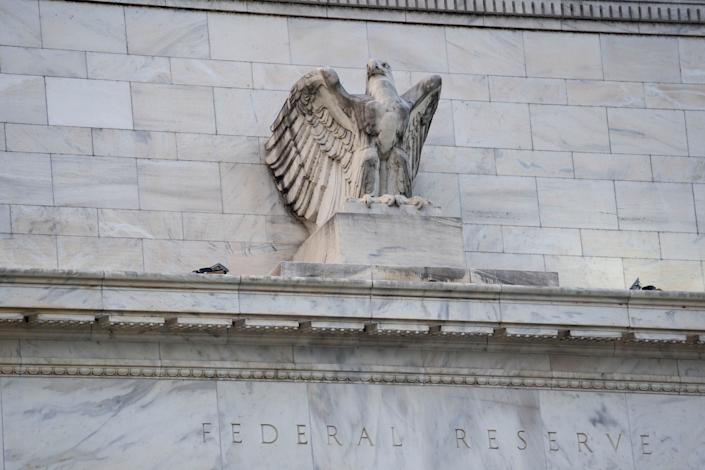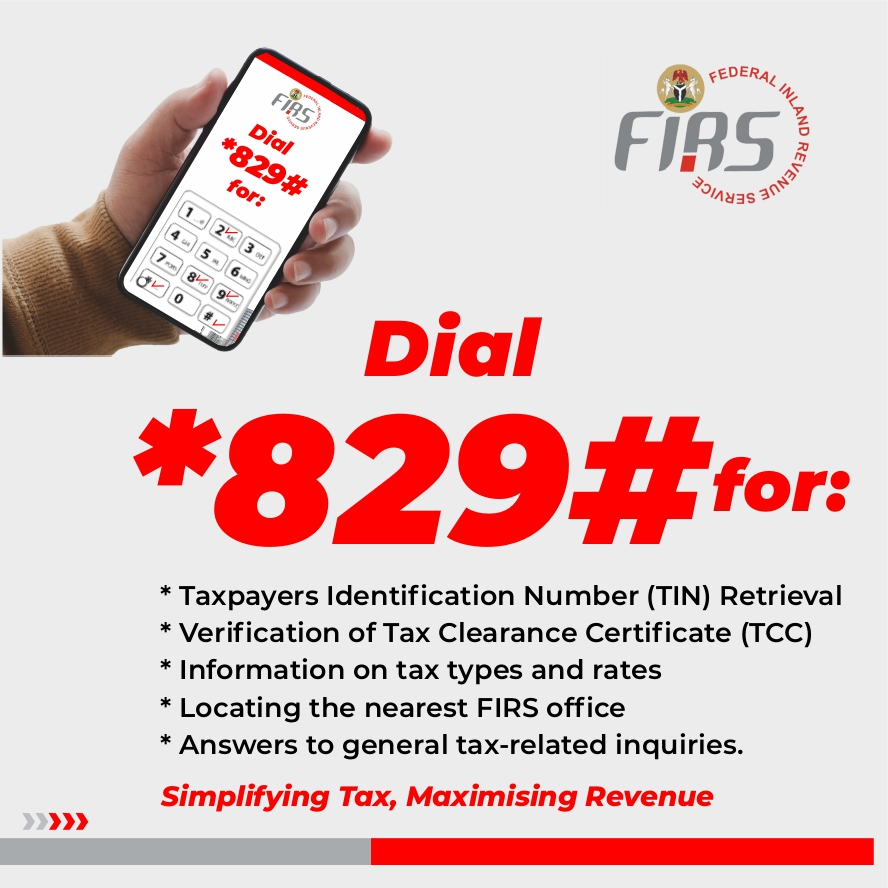Business & Economy
Crypto regulation: Here’s what to expect after Biden’s executive order

President Joe Biden pleasantly surprised the cryptocurrency market by issuing a comprehensive (yet vague) executive order that will inform how the government will oversee the booming industry.
So what happens next?
The U.S. Treasury is leading or participating in most of the studies, which range on average from 60-180 days. Now that the guideposts have been drawn, how officials in Washington are thinking, and how that translates into crypto policy, is very much an open question.
One report the agency is tasked with leading relates to the future of payments and money. An issue which the administration is expected to study aggressively is the issuance of a central banking digital currency (CBDC).
The biggest questions involve how a digital dollar will interact with stablecoins and other privately issued digital assets, how those relate to the strategic position of the U.S. dollar broadly, and the relationship between digital and fiat assets.
According to senior administration officials, CBDCs will be examined for use as real-time payments – or whether there could be another option. The Fed’s forthcoming real-time payment system, FedNow, will enable consumers and businesses to send payments instantly starting in 2023, and could be a potential test case.
Adoption of US CBDC could fundamentally alter the role of both central and commercial banking.Lisa Ledbetter, partner, Reed Smith’s Financial Industry Group
Officials are thinking through what needs a CBDC will fulfill when FedNow is out, and real time payments through that system are more possible.
“You could see stablecoins develop more rapidly and broadly if there’s adequacy of disclosure, certification of the claims and an audit function,” said Chris Giancarlo, former Commodities Futures Exchange Commission Chair.
“One future might be retail payments are done through commercially operated stablecoins and wholesale through the FedNow payment system,” said Giancarlo, also the co-founder of the Digital Dollar Project, which has explored the link between societal values and CBDCs.
As other countries like China promote their own digital currencies, Giancarlo has been pushing for the U.S. to lead the way in CBDCs.
“I don’t think the U.S. is a first mover in terms of deploying [a CBDC], but we don’t want the U.S. not to be a first mover in exploring the technology,” Giancarlo told Yahoo Finance. “It’s like 5G. China is developing a digital yuan not just for domestic use but also to export it.”
For every country that wants to get off the dollar, China will export to them the basic core CBDC technology, he argued. “It will be CBDC in a box provided to you by the People’s Bank of China,” he says. “If you’re Cuba, Ecuador, Venezuela, it will be something you import from China.
The question of CBDCs

The other big question that needs to be answered, say officials, is the interoperability of a U.S. CBDC with international counterparts, and how that would be structured. Officials say there are also some private projects or multi central bank projects to look at clearing of CBDCs and interoperability of CBDCs.
Biden’s executive order encourages the executive branch to take the lead on that potential outcome. If the U.S. pursues a CBDC, officials are taking into account that a U.S. token would interact seamlessly with the global system, given that the U.S. dollar is the premier reserve currency and central to the global financial system.
“Adoption of US CBDC could fundamentally alter the role of both central and commercial banking,” said Lisa Ledbetter, partner Reed Smith’s Financial Industry Group.
“Weighing all of the factors in the EO is a policy and practical balancing act. A US CBDC would have international consequences making it imperative that the private sector, foreign central banks and other stakeholders have a seat at the table,” said Ledbetter, who’s worked at Freddie Mac, the Federal Deposit Insurance Corporation (FDIC) and Treasury.
Yet there’s no telling what a digital dollar could resemble at the end of the process. The Federal Reserve is also being asked to build on its research paper on the pros and cons of a CBDC, reflecting how the president’s order placed “the highest urgency” on such an instrument.
If the administration decides a digital dollar is in the nation’s interest, officials will then determine whether legislation should be imposed. The Justice Department has been tasked with looking into whether legislation is required to move forward with a CBDC.
“Since the Fed is already engaged in experiments relating to digital currencies and a hypothetical CBDC, I would expect to see the results of that testing make their way into the EO research and next steps,” Ledbetter told Yahoo Finance.
Risks and solutions
As the crypto industry has exploded in growth, the administration is looking very carefully at risks to investors, consumers and financial stability from cryptocurrencies.
The EO tasks the Financial Stability Oversight Council (FSOC), created after the 2008 financial crisis to monitor risks to the financial system, with studying what systemic risks digital assets pose to the financial system.
The President’s Working Group on Financial Markets (PWG) has already tasked FSOC with looking into systemic risks of stablecoins. Administration officials say they will examine crypto as a whole through a prism similar to the PWG’s report on stablecoins. That report raised the risks of runs on stablecoins, the operational stability of the stablecoin issuance model, and the risks coming from consolidation of power and commercial businesses.
Officials say that FSOC could go through a similar exercise to identify risks and solutions. But an official familiar with the matter told Yahoo Finance it was unclear whether FSOC would get too granular about systemic risk – which may be best left to a regulator, or legislation.
Once the reports are completed, the government will have collaborated across agencies to come up with a consensus to decide whether, in certain cases, it needs to hand off a set of recommendations for Congress to write legislation around – or if agencies will write new rules under their authorities.

